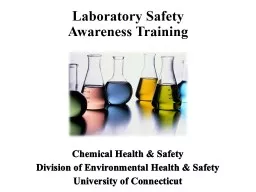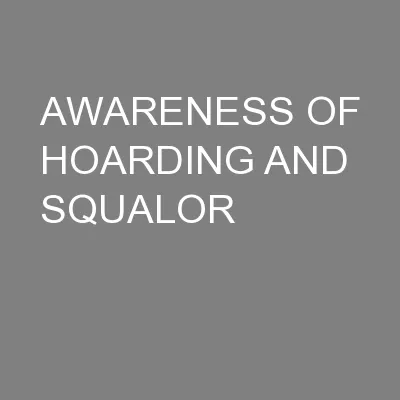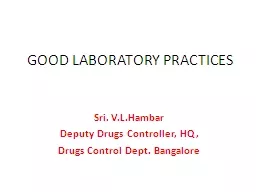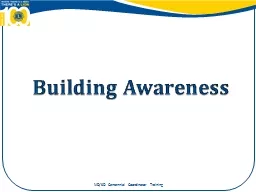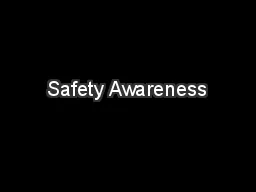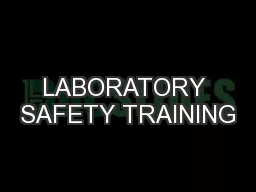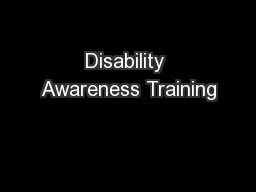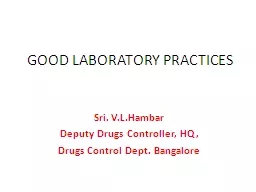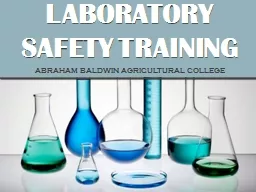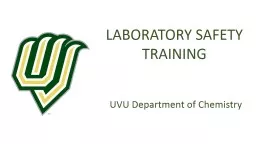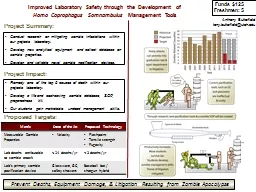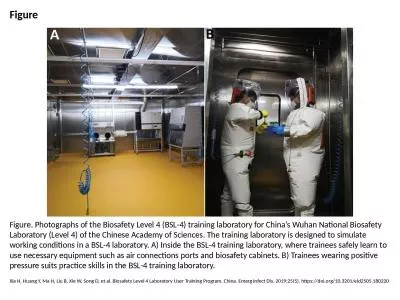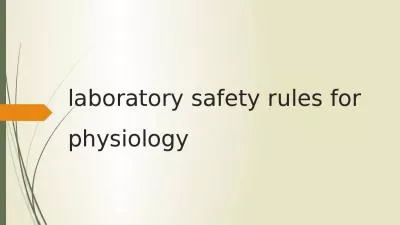PPT-Laboratory Safety Awareness Training
Author : sherrill-nordquist | Published Date : 2018-12-09
Chemical Health amp Safety Division of Environmental Health amp Safety University of Connecticut Why does the University require this training To protect people
Presentation Embed Code
Download Presentation
Download Presentation The PPT/PDF document "Laboratory Safety Awareness Training" is the property of its rightful owner. Permission is granted to download and print the materials on this website for personal, non-commercial use only, and to display it on your personal computer provided you do not modify the materials and that you retain all copyright notices contained in the materials. By downloading content from our website, you accept the terms of this agreement.
Laboratory Safety Awareness Training: Transcript
Download Rules Of Document
"Laboratory Safety Awareness Training"The content belongs to its owner. You may download and print it for personal use, without modification, and keep all copyright notices. By downloading, you agree to these terms.
Related Documents

